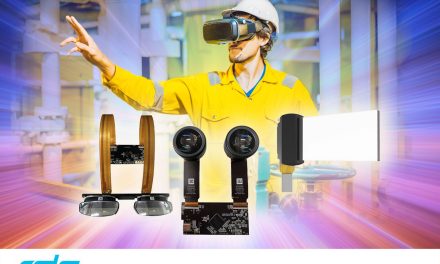New research from Plastic Logic suggests that display innovation in product design is being stifled by habitual process and a lack of experimentation. Despite 83% of the engineers surveyed ranking ‘innovating new product features’ as an important priority — and 66% agreeing that the choice of display has a major impact on the end design of their product — only 20% are actually conducting a rigorous assessment of display technologies as part of design projects. One in ten even admitted to never reviewing/refreshing the display technology in their products.
Despite engineers ranking ruggedness (37%), outdoor readability (31%) and power consumption (30%) as the three most critical elements of the display specification, only 5% were actively experimenting with e-paper technology in their latest design as an antidote to these challenges. Given that highly versatile e-paper technology is truly lightweight, flexible, rugged, low power and readable in absolutely any condition, clearly more work needs to be done to educate engineers on its benefits and stimulate experimentation. On the positive side, 60% indicated they were likely or very likely to try e-paper in the future.
All these findings and more are examined in the State of Display, a report published today by Plastic Logic that examines the role and potential of display innovation in product design. The report highlights the importance of fighting compromise and convention, encouraging an open-minded and informed approach to display selection.
Tim Burne, CEO at Plastic Logic, commented: “It’s rather surprising, given how much time we as users spend engaging with ‘screens’ at home, at work or on the move, that we remain beholden to a very similar looking set of ‘me-too’ products. Product design – and in particular display design – is repeatedly being approached from the same conventional and limited angle — a ‘glass ceiling’ that needs to be broken.”
“Product displays offer a creative canvas for innovation, encouraging a diverse and competitive market from which the consumer can only benefit. Designers should be pushing beyond their comfort zones, innovating with different display technologies such as e-paper. That’s how brands distinguish themselves in their marketplace: by making products more enticing and usable for their customers, and ultimately disrupting the status quo.”
The State of Display report is available in full here.



